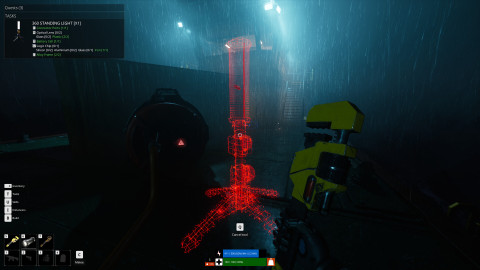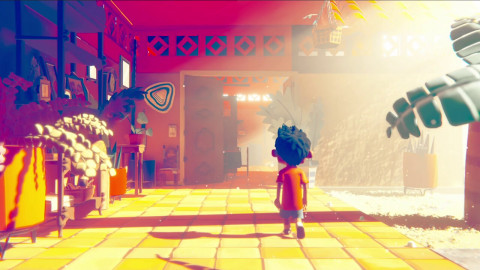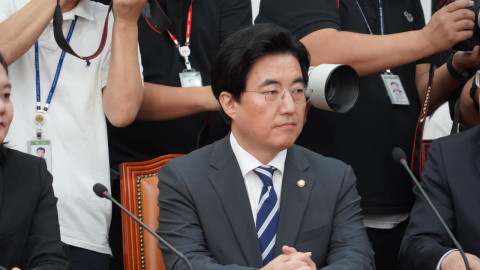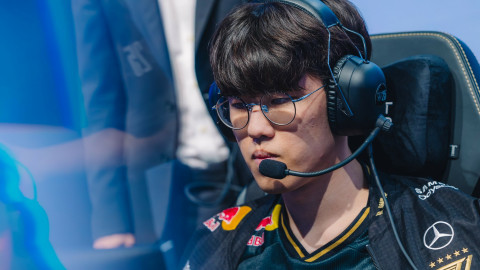
Since the first Overwatch League reveal at the last BlizzCon in November 2016, Blizzard has been mostly tight-lipped about the whole thing. Yes, they did hold a press conference in Seoul with OWL commissioner Nate Nanzer earlier this year, addressing the region’s concern for the city-based esports system. But no specific teams or format were mentioned at the time.
Then official seven founding teams of OWL and their franchise locations were announced this month, spanning five major American cities (Boston, New York, Los Angeles, Miami-Orlando, and San Francisco) and two in Asia (Shanghai and Seoul). Though the recent press release goes into more specifics of the league than the initial BlizzCon announcement did, full schedules and concrete format will come closer to launch. Here's the roundup of information on what we currently know and can expect from OWL.
▣ Vision
OWL is the first intercontinental esports league with city-based teams all across the world. Blizzard aims to build a sustainable competitive Overwatch ecosystem by combining the best aspects of endemic esports and traditional sports. This will involve moving away from prize-based leagues of the past to a more stable league with a long-term future. Having regional teams will also help balance the esports fandom between players and teams.
▣ Teams
Each team in the league will represent a major city in Americas, Europe, and Asia-Pacific. There are currently only seven teams in OWL without a set number of slots to be filled, but Blizzard is in active conversations with interested parties and looks to add more teams before the start of the first season.
A franchise slot is permanent. Team owners will always have their guaranteed place in the league without the threat of relegation. Blizzard hopes that stability will allow owners to take more active roles in developing players and fostering the league as a whole.
The first group of seven OWL team owners comes from diverse backgrounds. Three of them have experience in running esports teams as the heads of their respective endemic organizations (Immortals, Misfits, and NRG). Other owners are leaders of traditional sports and technology.

▣ Players
Players in OWL represent the most decorated talents in the scene with contracts that include compensation and benefits. Before season play, the league will conduct a combine where invited players will have a chance to get tested and prove their worth to prospective teams.
There won’t be import restrictions for now. The player signing prior to the first season will not involve a drafting process and teams are free to secure any qualified player.
Multiple avenues for pursuing pro will be available. Aspiring players can participate in Open Division, Contenders, and other third party tournaments to distinguish themselves and increase their chances to play in OWL. Blizzard will also provide teams with scouting reports to give visibility about who the best talents in the scene are.
▣ League
The first season will start later this year at an unnamed esports arena in the Los Angeles area until teams have time to develop their local venues. Subsequent seasons will feature formal home and away play around the globe. Matches will be on each Thursday, Friday, and Saturday. Teams will play in front of a live audience during regular seasons. The OWL finals will not be held at BlizzCon. Instead, top teams will advance to playoffs in different cities each year.
The league will have off-season for players to recover and for other third-party events to take hold. The first season will be condensed, but next season will have regular seasons running from spring to summer.
▣ Economics
Teams will receive an equal share of all league-wide net revenues. This is to help teams in smaller markets compete with heavy hitters. The league creates value for teams through advertising, ticketing and broadcast rights revenues. Teams keep all local revenues generated through their home territory and venue, up to a set amount each year. A percentage is sent to the league’s shared revenue pool above the threshold.
Teams can operate and monetize up to five amateur events in their home territory each year. They can also benefit from the sale of league-affiliated in-game items. 50% of the revenues go into the shared revenue pool.
Sort by:
Comments :0






